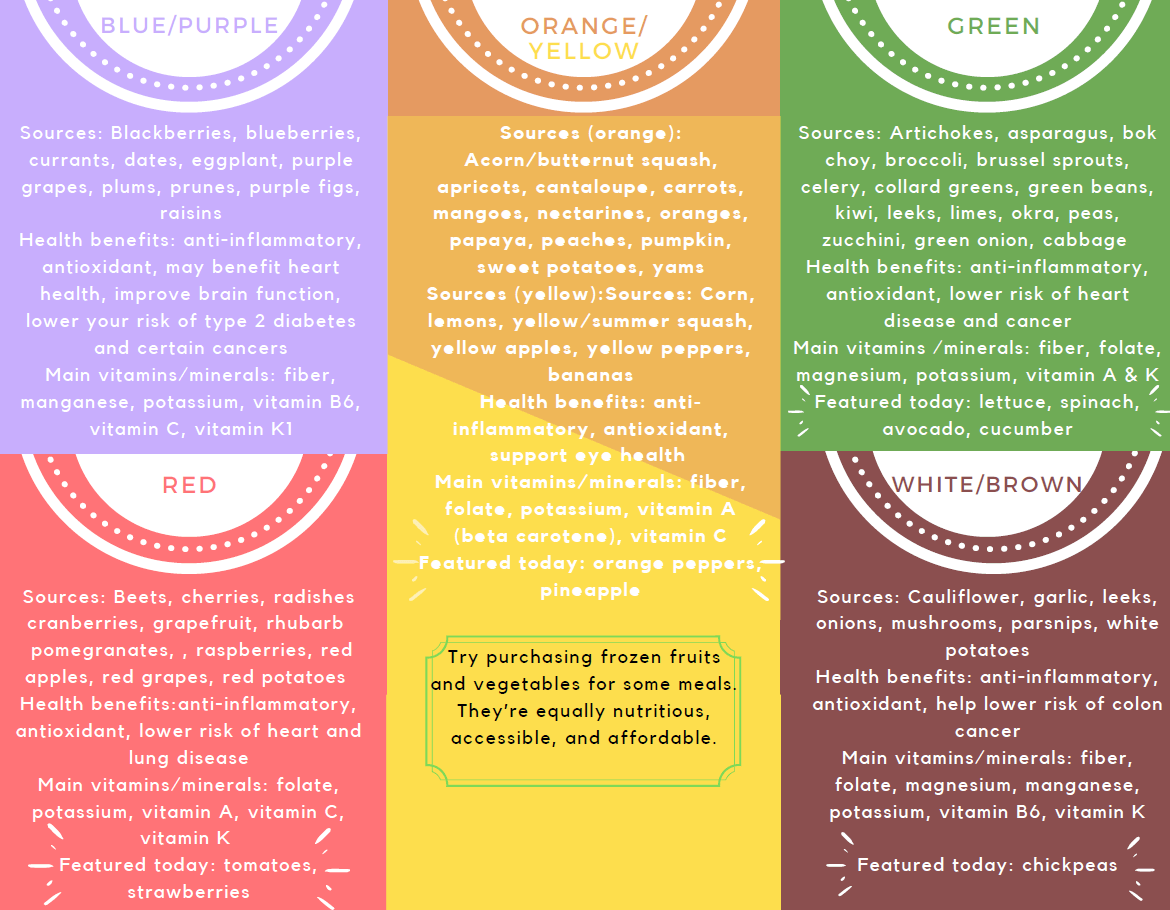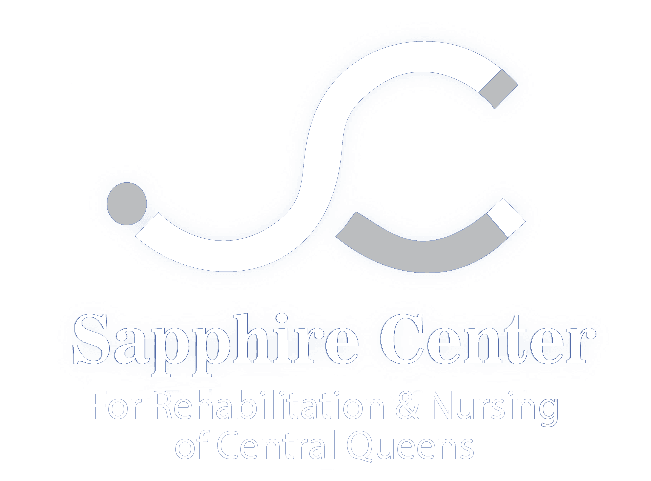Blog


The U.S. Centers for Disease Control and Prevention has updated its guidance on how COVID-19 spreads, now including more precautions about the spread through respiratory droplets than it had previously.
Sapphire Center for Rehabilitation and Nursing has a look at the changes and what you can do to stay safe.
Changes Include Airborne Transmission
The CDC has originally said that exposure was mainly limited to those who were within close contact of an infected person, which was defined as within six feet of each other for at least 15 minutes. The CDC now says there is evidence that people with COVID-19 have infected others who were beyond six feet away under certain circumstances. Those situations include enclosed spaces with poor ventilation (which has occurred in some restaurants), or if the person is breathing heavily through activities like singing or exercising.
Timing Is the Key
The new guidance also warns that airborne transmission through respiratory droplets can linger in the air for minutes to even hours after the infected person leaves the room. However, the CDC does note that it is much more common to contract the virus through close contact with an infected person than from droplets after an infected person left the area.
Face Masks and Social Distancing Remain the Best Protection
Until a vaccine is widely available, face masks and social distancing remain the best ways to protect yourself. Masks reduce the risk of spread by both close contact and airborne transmission. The CDC also advises to avoid crowded indoor spaces and to either try to gather outdoors or make sure that indoor locations are well-ventilated by bringing in as much outdoor air as possible.
To learn more about Sapphire Center for Rehabilitation and Nursing of Central Queens and all of the services they offer, visit https://www.sapphirerehab.com/.
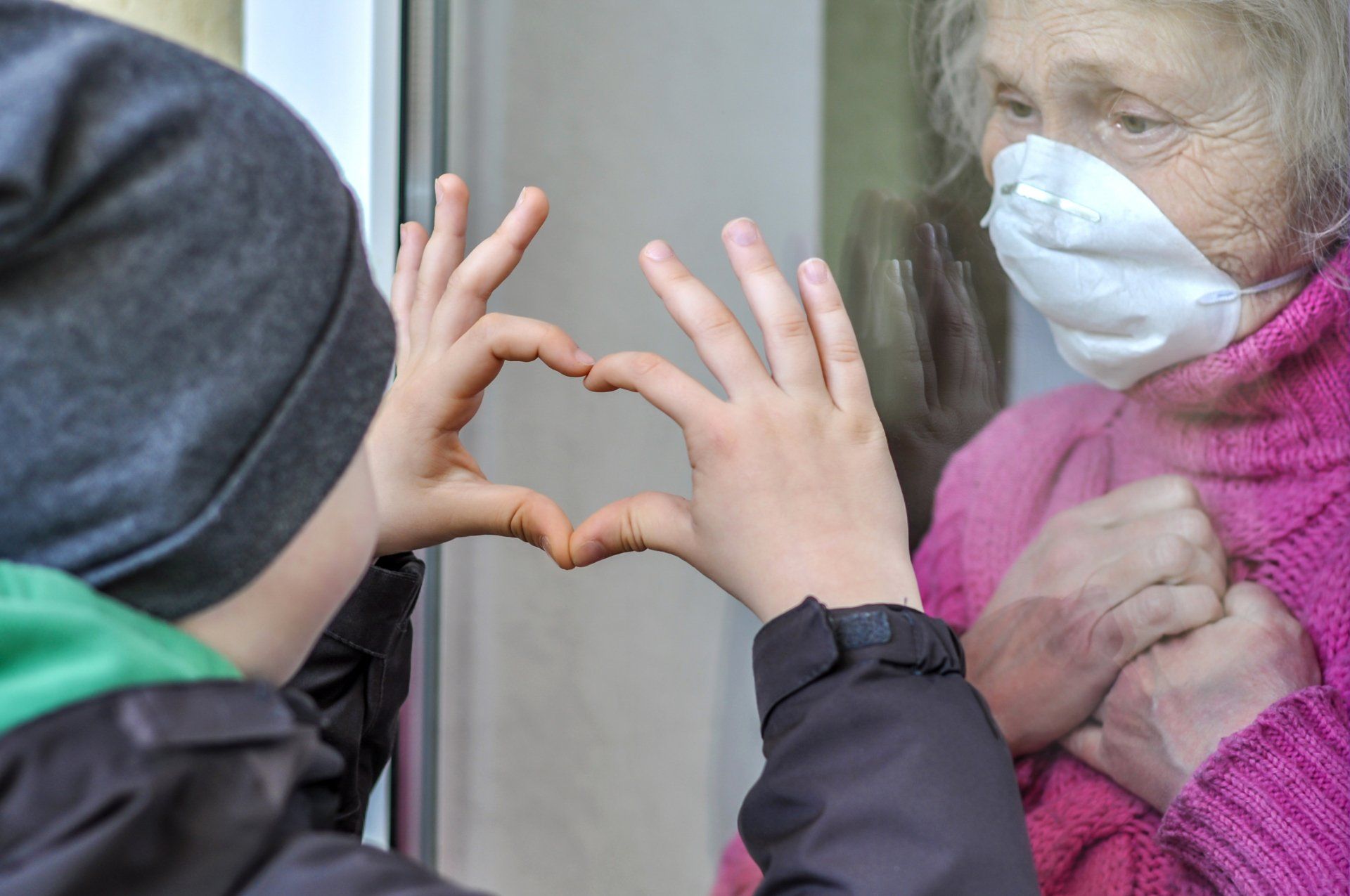
One of the things that has made the COVID-19 pandemic so difficult is that there is no proven treatment to beat the virus. Some are able to be successfully treated at hospitals, while others deteriorate on ventilators and then succumb to the virus. Luckily, the treatments that have shown some success are being used with more regularity.
Sapphire Center for Rehabilitation and Nursing has a look at these treatments along with what you should do if you're fighting the virus at home.
At-Home Coronavirus Treatment
If your symptoms are not bad enough to warrant a trip to the hospital, you'll want to take the same approach as you do with a bad cold or flu. These include:
-
Rest. Tiring your body out could make it harder to fight the bug.
-
Quarantine. Don't go to work, school, a relative's house, or anywhere. Isolate yourself from others in your house as best as possible.
-
Stay Hydrated. Drink more water and clear fluids than usual to stay hydrated. Most people report a high fever with COVID-19, which will cause you to sweat more, so you'll need to replenish those fluids, as dehydration can cause another whole set of issues.
-
Talk to your doctor about fever- and pain-reducing medications that you can take.
-
Chart Your Symptoms. If your fever keeps rising, if you're having trouble breathing, or other serious issues, you'll need to seek medical attention. But call your doctor first to see if they're prepared to see a COVID-positive patient or if you should go to a specific clinic.
Treatment in Hospitals
If your doctor determines that you need to be hospitalized, while there isn't a cure, there are some treatments that are proving to have some success to at least allow people the chance to recover, including:
-
Blood thinners. Clotting has proven to be an issue for people dealing with COVID-19, so blood thinners are administered to help prevent that from occurring.
-
Remdesivir. This antiviral drug is used to treat Ebola, but the FDA issued an emergency ruling to allow doctors to prescribe it to fight COVID-19, as research shows some patients recovered faster on the drug.
-
Blood plasma. People who have already been infected with COVID-19 and since recovered can donate plasma, which is filled with antibodies that fight off the virus. The theory is that this plasma will help those currently fighting the virus.
To learn more about Sapphire Center for Rehabilitation and Nursing of Central Queens and all of the services they offer, visit https://www.sapphirerehab.com/.
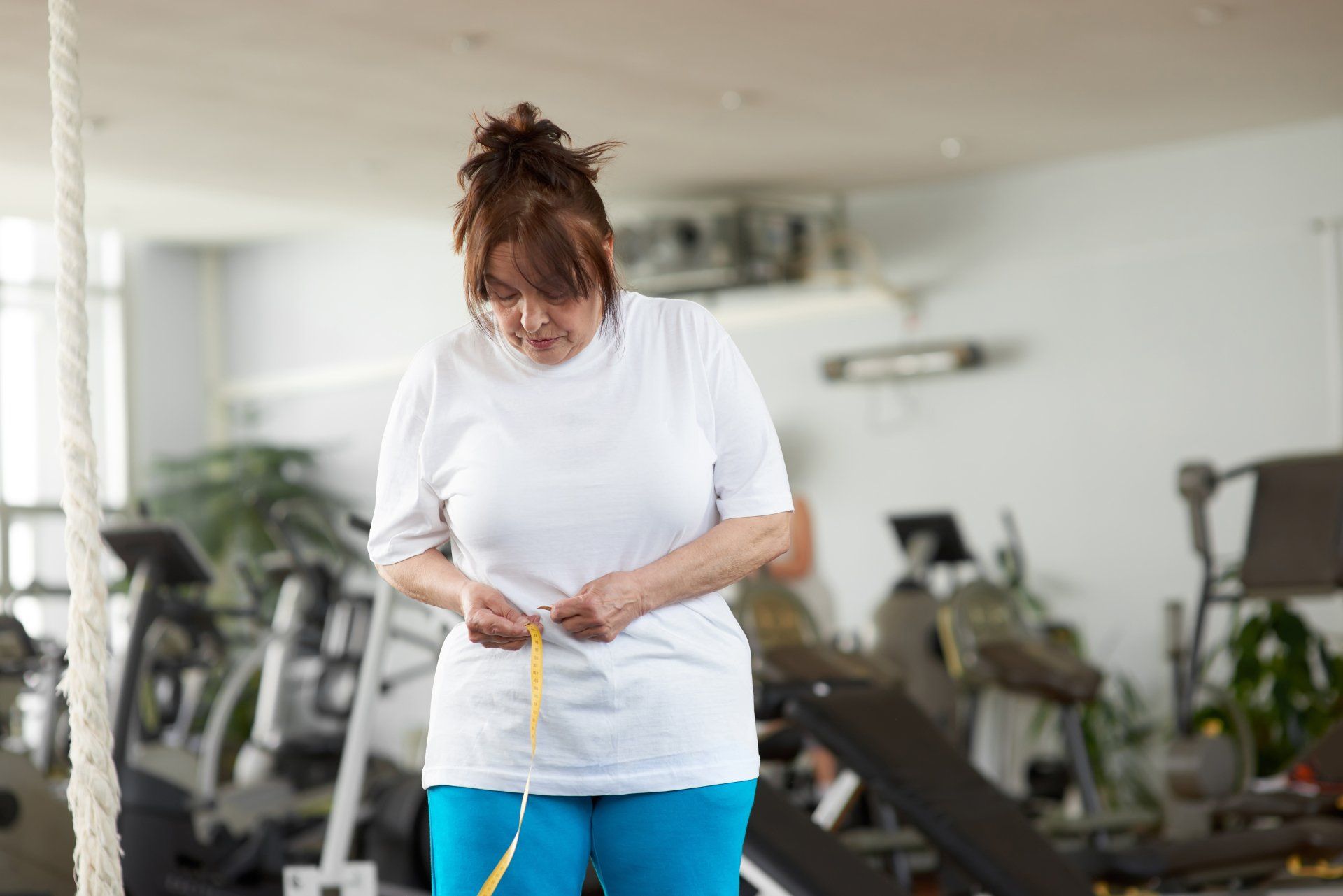
Whether it's due to a slowing metabolism or hormonal changes, it seems like belly fat becomes more and more stubborn as we get older. While it seems like those crunches and fad diets never work, there are ways to shed that belly fat. The key, however, is to be consistent; it's a long game, and it takes constant work to stay in shape as the years go by.
Sapphire Center for Rehabilitation and Nursing of Central Queens has five of the best ways to lose belly fat after 50.
-
Yoga
If you haven't tried yoga, you might be surprised to hear that you can burn up to 300 calories per hour in a session that isn't even that vigorous. Studies found that those practicing yoga regularly had lower cortisol levels, which reduces stress and belly fat storage.
-
Limit Alcohol
Many alcoholic beverages, especially carb-loaded beer and sugary cocktails, go straight to your midsection. The body also puts a priority on breaking down alcohol over food, which slows your metabolism in the long run.
-
Swimming
Swimming is a great option for exercise as we age because it's low-impact and virtually impact-free on joints. A freestyle swim can burn up to 600 calories per hour.
-
Eat More Seafood
A diet high in omega-3 fatty acids can cut belly fat by as much as 30%, and seafood options like salmon and tuna are loaded with omega-3s. Walnuts and flaxseeds are also great sources.
-
Get in a Good Sleep Routine
One study in the journal Sleep found that people who routinely didn't get the proper amount of sleep (fewer than seven hours per night) gained 32% more belly fat over a five-year period than those who got a routine seven to nine hours of sleep per night. You'll also want to try to go to bed and wake up at the same time so your body gets into a good rhythm.
To learn more about Sapphire Center for Rehabilitation and Nursing of Central Queens and all of the services they offer, visit https://www.sapphirerehab.com/.
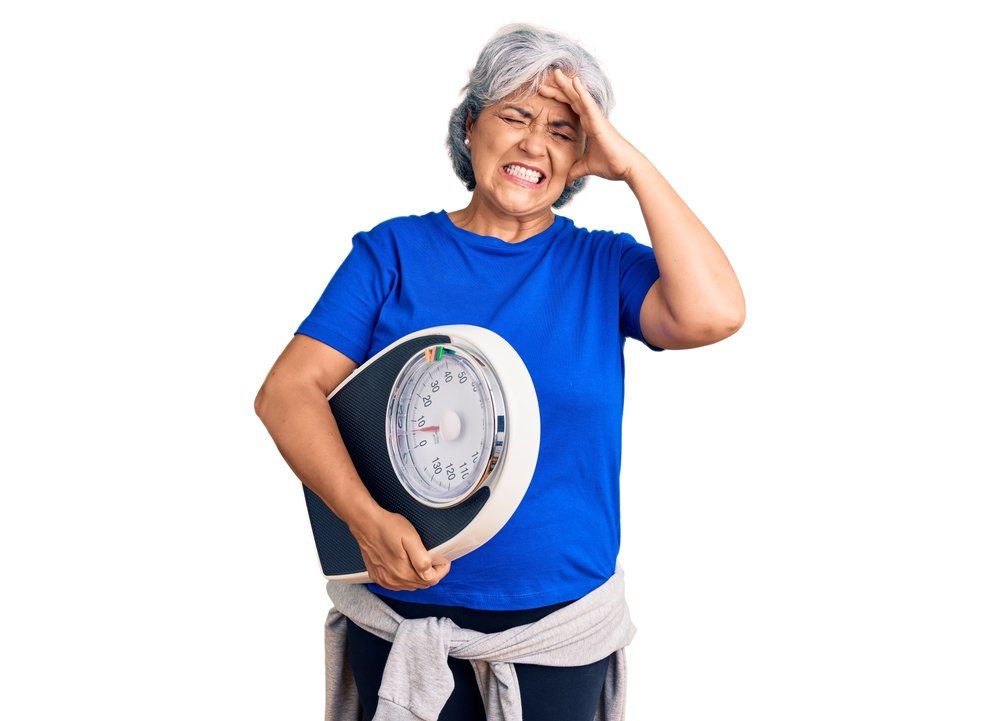
Since researchers have begun to know more about why COVID-19 is harmless for some people and fatal for others, the focus has been on pre-existing health conditions (along with age). Many of those who struggled were obese and had conditions like diabetes and heart disease that made dealing with COVID-19 much more difficult.
But as the pandemic wears on, more research has been done, and now it’s believed that obesity itself is a risk factor for severe complications from the novel coronavirus.
Sapphire Center for Rehabilitation and Nursing of Central Queens has a look at the link between obesity and COVID-19.
Study: Increased Risk of COVID Complications Linked to Higher BMI
One study of over 5,200 people who tested positive for COVID-19 found that the chances for hospitalization were higher in people with a higher body-mass index (BMI), even when taking other high-risk conditions like diabetes and heart disease out of the equation. A BMI of 30 is considered obese, and serious COVID-19 complications were found in extremely obese people, which is defined as a BMI of 40 or higher.
Issues With Obesity That COVID-19 Feeds On
Researchers believe the extra weight puts additional strain on the body, especially when it’s needed to fight off an infection. Additionally, excess fat can limit the lungs’ ability to function properly, and the virus is notorious for attacking weakened lungs. Chronic inflammation is another problem that comes with obesity, and it also can weaken your immune system and the body’s other lines of defense when it comes to fighting off intruders.
Concerns About a Vaccine
Research over the years has shown that the flu shot and other vaccines are not as effective on obese people, so there is a concern that it may also be the case for the COVID-19 disease.
Another concern is the obesity rate in the United States, which sits at 42% among all adults. Researchers believe this may be one reason why the U.S. has seen so many deaths due to the virus, especially in the early stages when there weren’t any real treatment options for very sick patients.
To learn more about Sapphire Center for Rehabilitation and Nursing of Central Queens and all of the services they offer, visit https://www.sapphirerehab.com/.

There are plenty of benefits to social media, especially on the social aspect of it during a global pandemic! Social media sites and video-calling apps have allowed millions to virtually stay in touch when seeing each other face-to-face wasn’t (or still isn’t) an option.
But unfortunately, social media has become a place where misinformation, myths, and other unproven information about COVID-19 is readily shared, ends up going viral, and is accepted as fact by millions of people.
Sapphire Center for Rehabilitation and Nursing has a look at this issue and how you can avoid falling into these traps.
Virtually Limitless Pitfalls
Especially in the United States where opinions on COVID-19 are falling down party lines in a politically supercharged election year, you can probably see an article touting any opinion possible on the novel coronavirus. According to a report from Avaaz, a nonprofit civil society group, there were 460 million views of misinformation about COVID-19 in just April 2020 alone.
In response, Facebook said that their global network of fact-checkers applied warning labels to nearly 100 million pieces of COVID-19 content from April to June.
The study cited some examples, including:
- COVID-19 was being transmitted through poultry eggs.
- Drinking bleach may kill the virus.
- It’s a bioweapon funded by billionaires or drug companies so they could become rich off a vaccine.
How You Can Be Properly Informed
The best way to understand what’s happening with COVID-19 is to talk to your doctor if you have any questions. The medical community is the best source for information, and even though some research changes because this is a new virus, you will always get the best information possible. The U.S. Centers for Disease Control and Prevention (CDC) and the World Health Organization (WHO) are also two highly credible sources on coronavirus.
To learn more about Sapphire Center for Rehabilitation and Nursing of Central Queens and all of the services they offer, visit https://www.sapphirerehab.com/ .
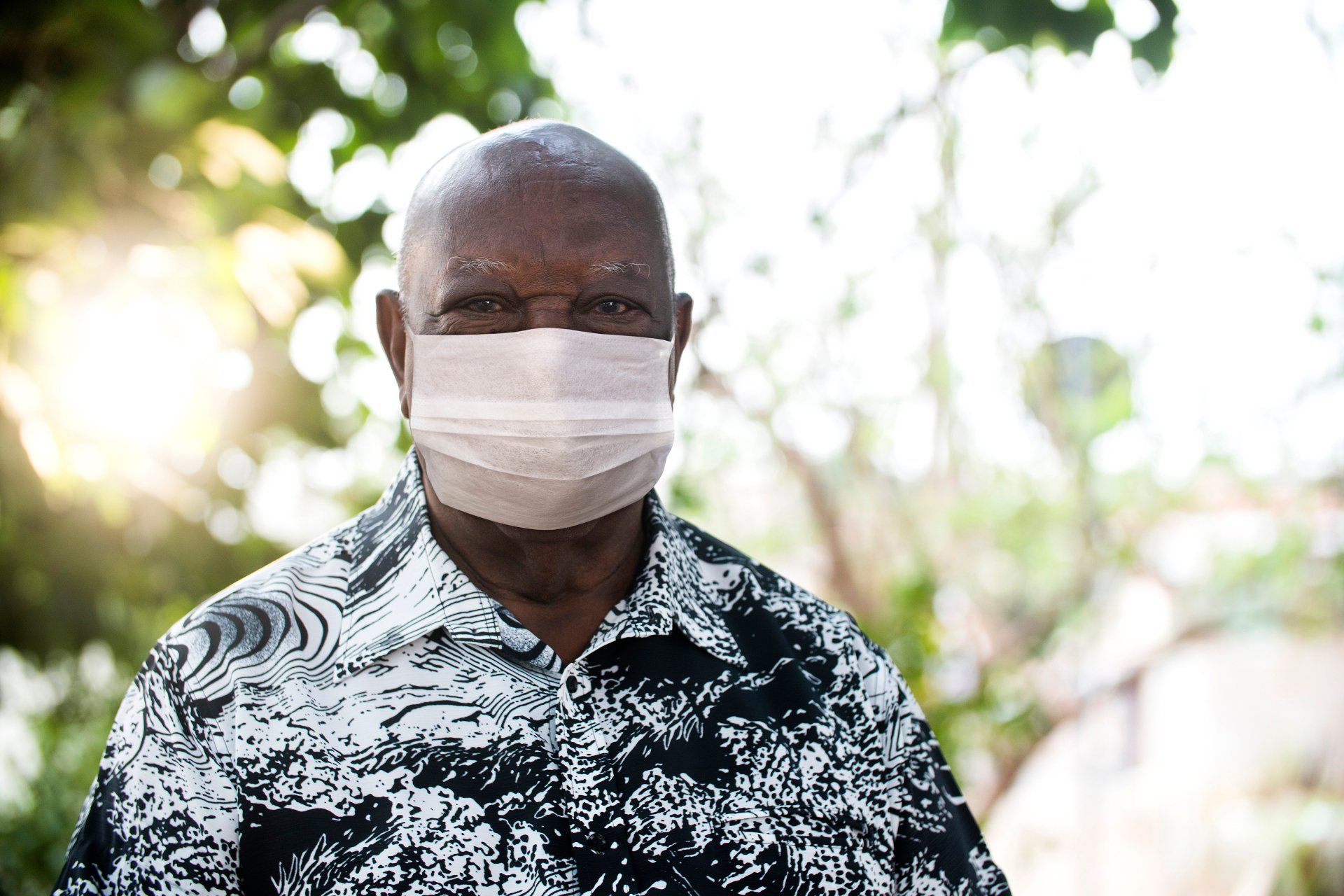
While the decrease in COVID-19 cases in New York has been attributed to universal masking rules, social distancing, and reopening in a measured fashion, the controversy still rages in much of the country about how effective face masks are in preventing the spread of the novel coronavirus.
Now, a new study conducted by Duke University found that most face masks do make a difference in preventing the spread of virus particles versus nothing at all.
Sapphire Center for Rehabilitation and Nursing of Central Queens has a look at how each type of face mask performed, including one that is actually worse than wearing no mask at all!
Best Performing Masks
It may not be a surprise that a fitted N95 mask provided the best protection from droplets, but these masks are not a viable solution for the general public. N95s should be reserved for medical personnel, and a proper fit is done by a specialist.
A three-layer surgical mask was the next best option, and these masks are starting to become available at drugstores and other locations. A homemade mask of a poly-cotton blend also performed very well, as did several other masks that are being made by retailers. Most of these prevented at least 80% of particles from getting through the mask.
Interestingly, while it performed well, an N95 mask with a valve in it did not perform as well as any of the options listed above. It does not decrease protection for the person wearing it, but it does for people around that person.
Less Effective Options
Knitted masks and bandanas, while better than not wearing a covering at all, did not perform as well. The knitted mask let through around 30% of droplets while a bandana allowed almost half of the particles to get through.
There is Something Worse Than Not Wearing a Mask
A fleece gaiter was found to actually be worse than not wearing a mask at all. Researchers believe this is due to particles spreading and sticking longer on the surface due to the material it’s made out of.
To learn more about Sapphire Center for Rehabilitation and Nursing of Central Queens and all of the services they offer, visit https://www.sapphirerehab.com/.
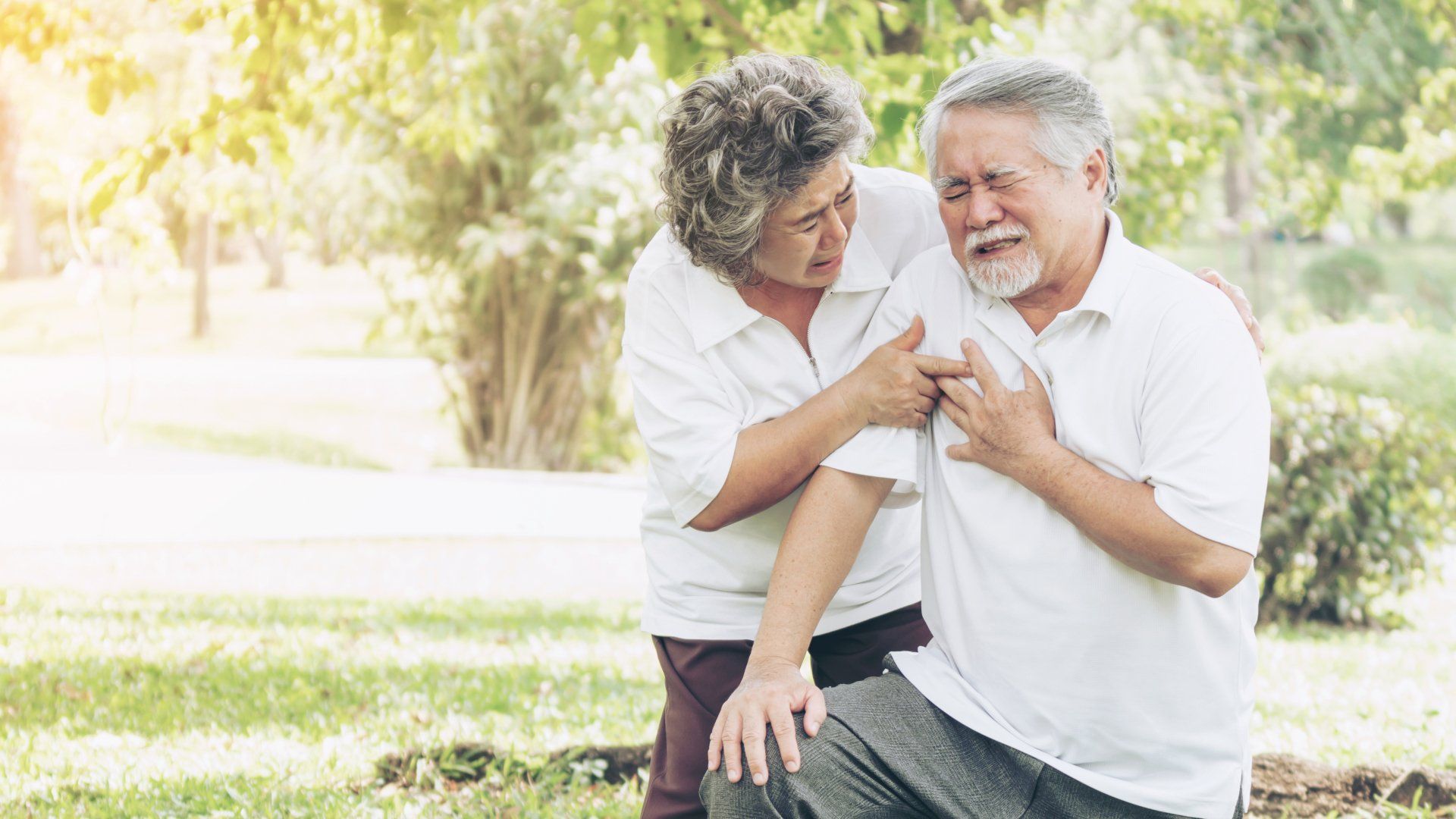
Each year, around 800,000 Americans will suffer a stroke and 140,000 or so will die from one, according to the U.S. Centers for Disease Control and Prevention (CDC).
Statistics shared by the CDC go on to show that knowing the warning signs and symptoms of a stroke can make the difference between life or death or can curb the long-term effects of an episode. It’s believed that people who are treated at an emergency room within three hours of first showing symptoms have less disability three months after the stroke than those who get delayed care.
With that in mind, Sapphire Center for Rehabilitation and Nursing of Central Queens has information on identifying the warning signs of a stroke.
Use the FAST Test
The American Stroke Association’s guidelines are based on the FAST test. The first three letters stand for symptoms, and if you notice all of these, the T means “Time to Call 911.”
F: Face
Look for changes on one side of the face that do not occur on the other. It’s easier to spot differences if you ask the person to smile – oftentimes, it will be uneven or unbalanced in a stroke.
A: Arms
Ask if the person feels weakness in their arms. Have them raise both arms and observe whether one is lower than the other or if they indicate that they have unusual trouble doing so.
S: Speech
Note if the person is slurring their speech or having difficulty speaking in general. You can ask them to repeat a simple sentence for a quick test.
T: Time to Call 911
Even if these symptoms occur and quickly disappear, you need to call 911 and tell the operator that there is a suspected stroke victim. They will ask you to explain the symptoms and can relay further instructions to you while help is on the way.
To learn more about Sapphire Center for Rehabilitation and Nursing of Central Queens and all of the services they offer, visit https://www.sapphirerehab.com/.
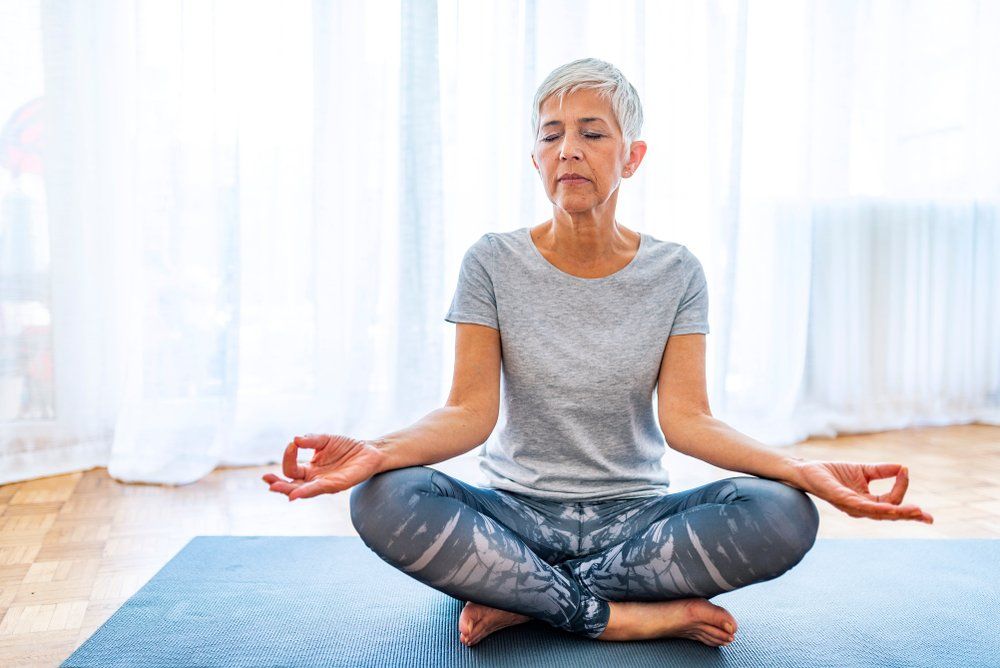
Most Americans are familiar with the more common type 2 diabetes, which is brought on by factors we can control like diet and exercise. Type 1 diabetes, however, is a condition where the pancreas cannot produce insulin to regulate blood sugar. This affects around 1.6 million Americans , but it is possible to live a normal life with this condition.
Sapphire Center for Rehabilitation and Nursing of Central Queens has four keys to live well with type 1 diabetes.
Insulin Medication
Insulin is the only medication required to manage type 1 diabetes. There are different types that either produce a large amount in a short time or a steadier amount for a longer period of time. Your doctor will weigh several factors based on your lifestyle, and a combination of different types may be used to keep your insulin levels in check.
Diet
Just like anyone else, it's advised to avoid foods high in sugar or refined carbs (like white bread, white rice, and snack foods). You can usually indulge on occasion, but it's advised that people with type 1 diabetes work with a dietician in order to understand how certain foods can affect them.
Exercise
Studies show that exercise makes the body more sensitive to insulin, meaning you can use less to achieve the same desired result. Regular exercise is key, so find activities that you enjoy (running, biking, swimming etc.); this way, working out isn't too much of a chore.
Mental Health
The American Diabetes Association says people with type 1 diabetes are at a higher risk for depression and anxiety, as the work and stress of managing blood glucose levels can be stressful. Exercising is good for mental health, and also try yoga and meditation. If you're struggling, be sure to talk to your doctor about other methods of stress relief and further help you can receive through therapy or medication.
To learn more about Sapphire Center for Rehabilitation and Nursing of Central Queens and all of the services they offer, visit https://www.sapphirerehab.com/.


